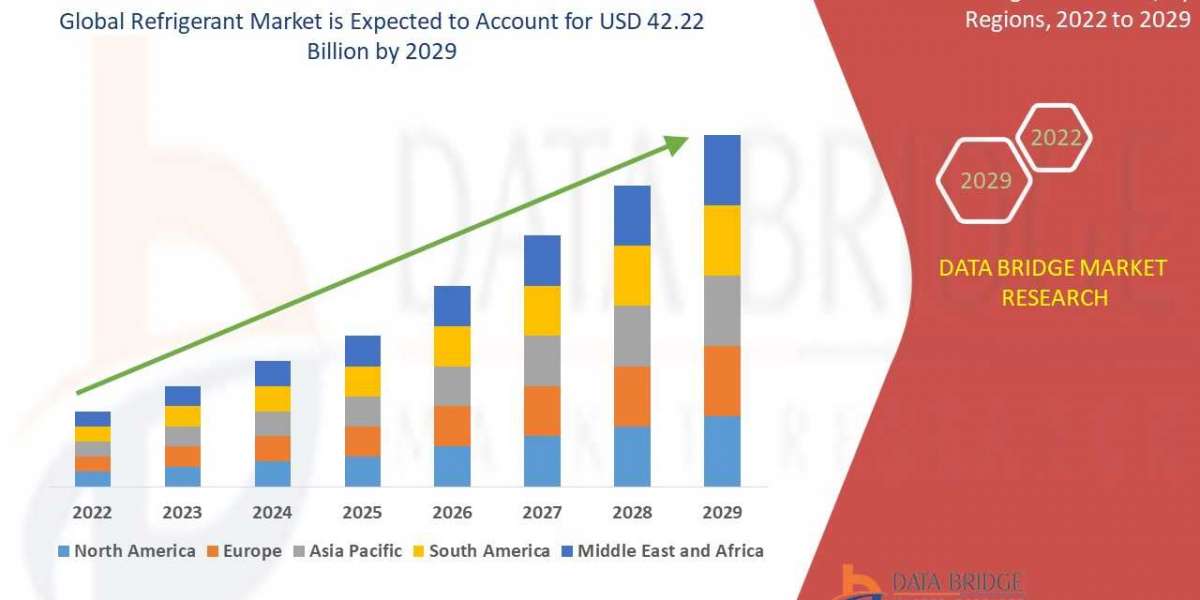Pediatric asthma is a chronic respiratory condition that affects millions of children worldwide. Characterized by recurring wheezing, breathlessness, coughing, and chest tightness, asthma can significantly impact a child's quality of life and overall well-being. As awareness of the condition increases and healthcare infrastructure improves, the global pediatric asthma treatment market has witnessed remarkable growth in recent years. This article explores the advancements, challenges, and opportunities in the pediatric asthma treatment market.
Market Overview The pediatric asthma treatment market encompasses a wide range of pharmaceuticals, devices, and therapies aimed at managing and alleviating asthma symptoms in children. Key components of the market include asthma controller medications, reliever inhalers, nebulizers, and other respiratory devices. Additionally, healthcare providers and pharmaceutical companies are increasingly focusing on personalized medicine approaches to cater to the specific needs of pediatric asthma patients.
Advancements in Medications and Therapies Over the past few decades, significant advancements have been made in the development of pediatric asthma medications. Long-acting beta-agonists (LABAs), inhaled corticosteroids (ICS), leukotriene modifiers, and mast cell stabilizers are among the most commonly prescribed asthma controller medications for children. These medications help reduce inflammation and prevent asthma attacks. Combination inhalers, containing both LABAs and ICS, have also gained popularity due to their convenience and effectiveness. Moreover, biologic therapies have emerged as a game-changer in pediatric asthma treatment. Monoclonal antibodies that target specific inflammatory pathways, such as interleukin-5 (IL-5) or immunoglobulin E (IgE), have shown promising results in reducing asthma exacerbations and improving lung function in children with severe asthma.
Innovative Devices for Asthma Management The market for asthma management devices has also experienced significant innovation. Inhalers remain the most common method of delivering medications to the lungs. However, advancements in inhaler technology have led to the development of smart inhalers, which can track medication usage, provide reminders, and monitor asthma symptoms.
These devices help improve medication adherence and facilitate better disease management. Nebulizers, another vital tool in pediatric asthma treatment, are also witnessing technological advancements. Portable and user-friendly nebulizers enable children to receive medication in aerosol form, making treatment less intimidating and more effective. Challenges in Pediatric Asthma Treatment Despite the advancements in pediatric asthma treatment, several challenges persist in managing the condition effectively.
One major challenge is the underdiagnosis of asthma in children, particularly in low- and middle-income countries. Lack of awareness, limited access to healthcare, and cultural beliefs about respiratory conditions contribute to this issue. Moreover, ensuring medication adherence in children can be challenging. Younger patients may struggle with using inhalers properly, and adolescents may exhibit non-adherence due to various reasons, such as forgetting to take medications or feeling embarrassed about using inhalers in social settings.
Addressing these adherence challenges requires a multifaceted approach involving healthcare providers, parents, and educational initiatives.














